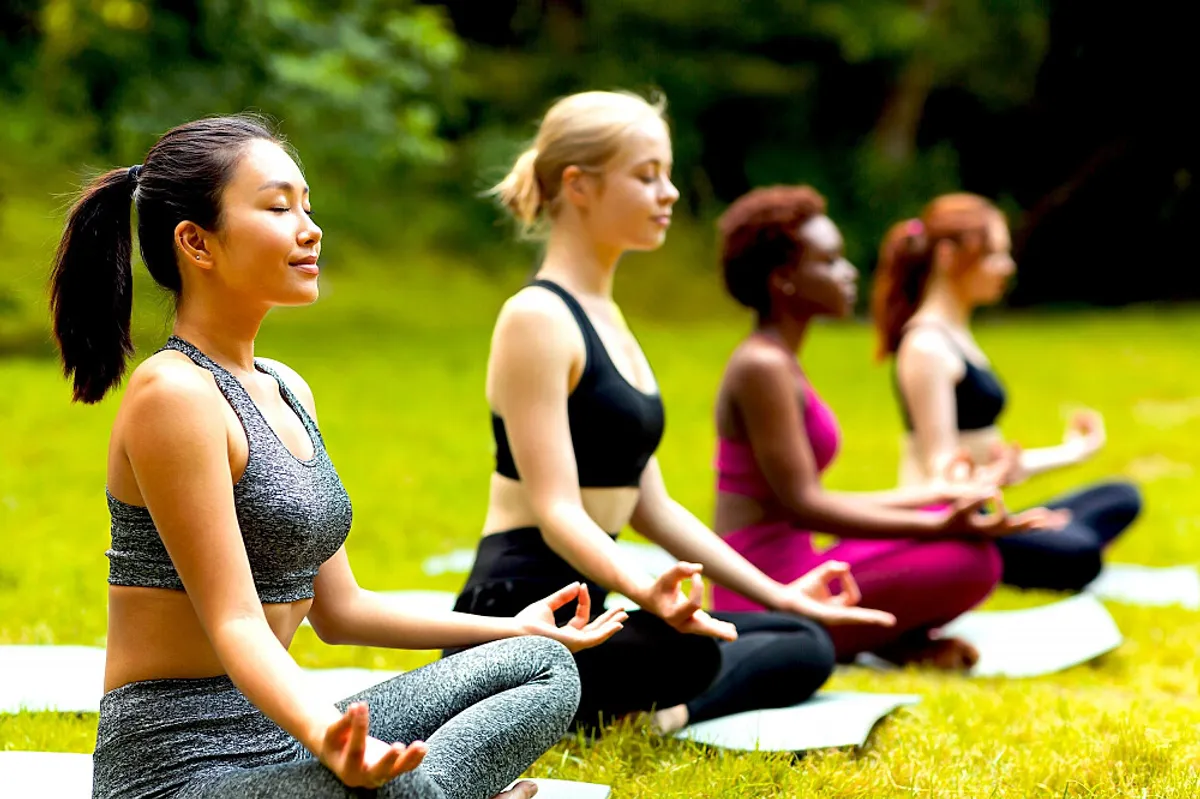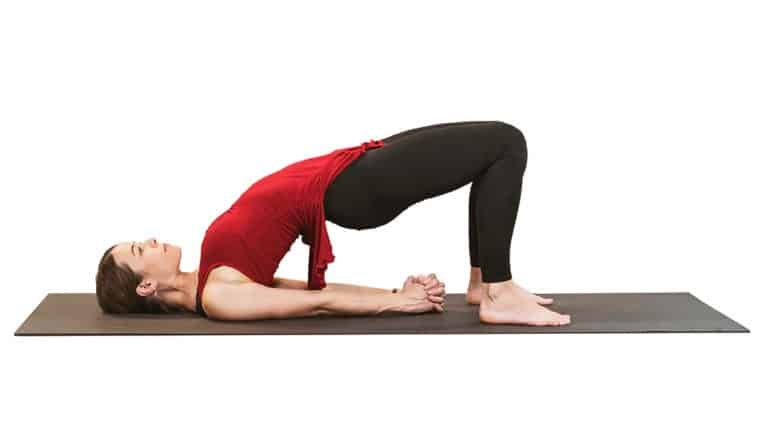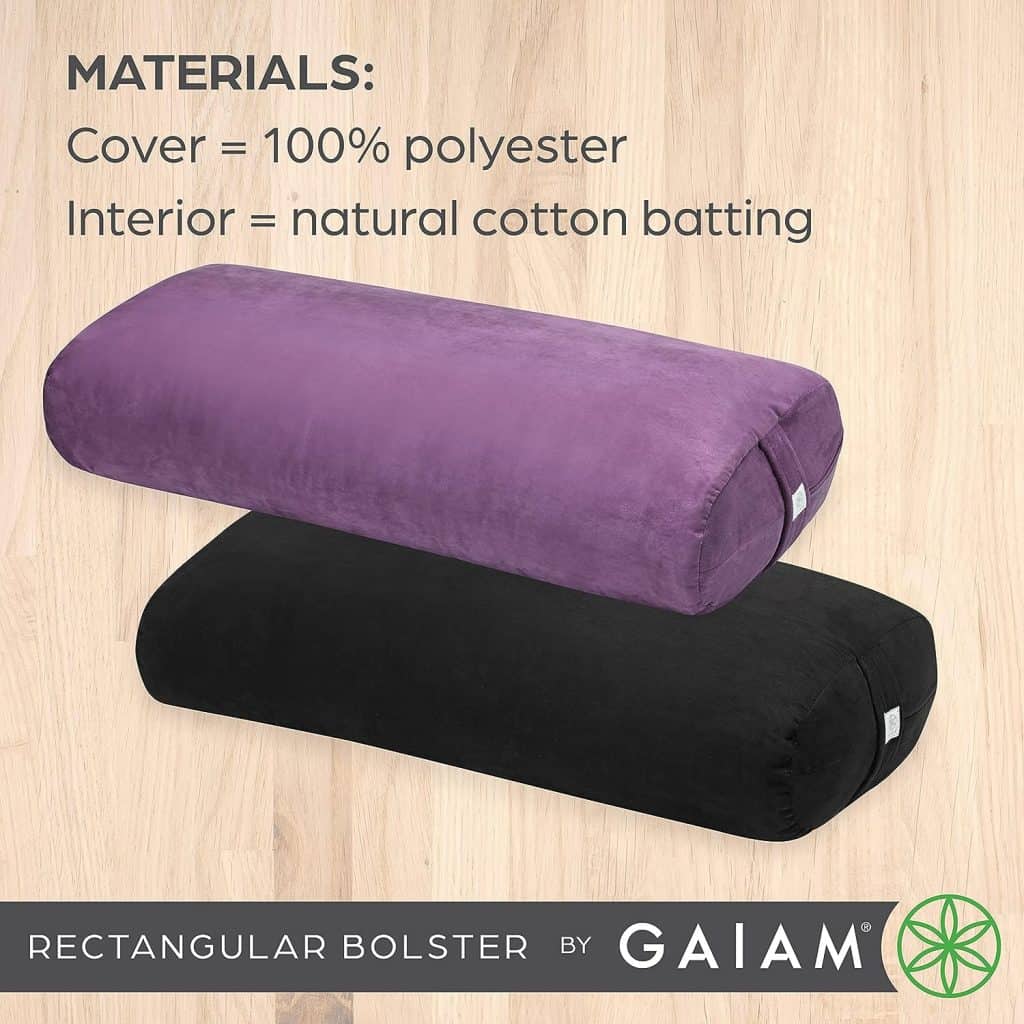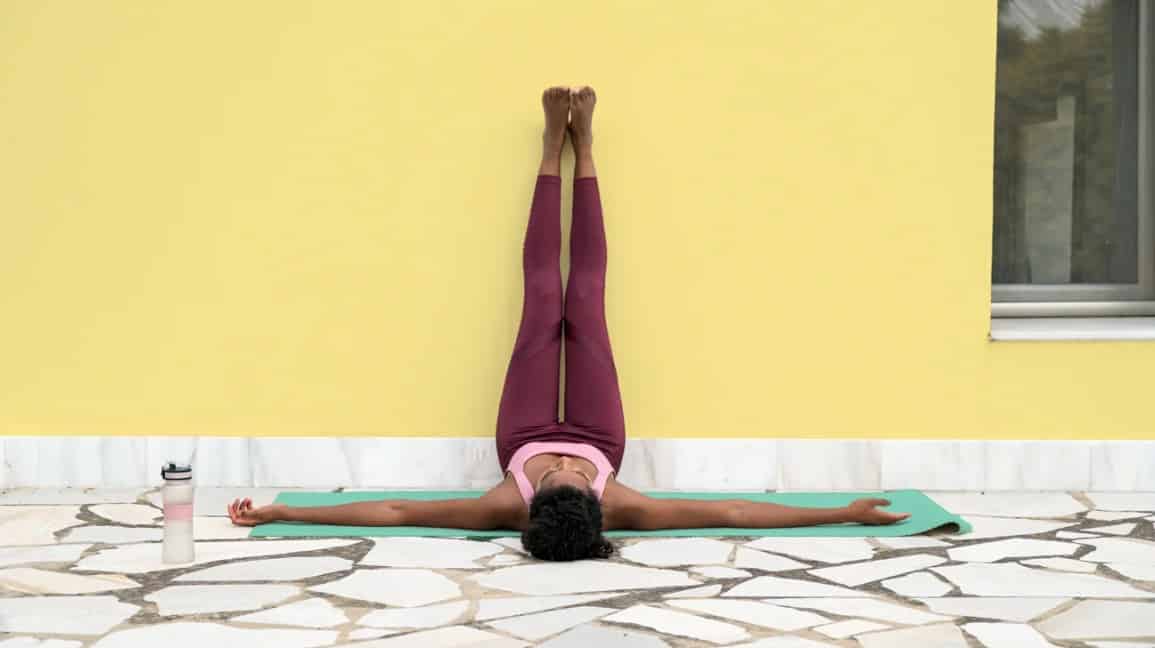In this article, we will explore yoga for panic disorders, specific yoga poses that are beneficial, how to create a yoga routine, and additional tips for managing panic disorders with yoga.
If you’re struggling with panic disorders, incorporating yoga into your routine can be a powerful tool for managing symptoms and promoting overall well-being.
Yoga offers a holistic approach to mental and physical health, helping to reduce stress and anxiety, regulate breathing, and promote relaxation and mindfulness.
Understanding panic disorders
Definition of panic disorders
Panic disorders are a type of anxiety disorder characterized by recurring and unexpected panic attacks. These attacks are intense episodes of fear and anxiety that can be accompanied by physical symptoms such as a rapid heartbeat, shortness of breath, dizziness, and chest pain.
Panic disorders can significantly impact daily life and may lead to avoidance behaviors and a decreased quality of life.
Causes of panic disorders
The exact cause of panic disorders is unknown, but several factors may contribute to their development. These include genetics, brain chemistry imbalances, major life stressors, and a history of physical or sexual abuse. Additionally, certain medical conditions and substance abuse can trigger or worsen panic attacks.
How yoga can help with panic disorders
Reduction of stress and anxiety
Yoga is well-known for its ability to reduce stress and anxiety. Through the practice of yoga, you can engage in physical movement, deep breathing, and mindfulness, all of which help to activate the body’s relaxation response. This response counteracts the stress response, reducing the production of stress hormones and promoting a sense of calm and well-being.
Regulation of breathing
One of the key components of yoga is the focus on breath control. Panic attacks often involve rapid, shallow breathing, which can exacerbate symptoms. Yoga teaches you to regulate your breath, slowing it down and deepening it. This controlled breathing technique, known as pranayama, can help calm the nervous system, reduce anxiety, and bring a sense of balance to the body and mind.
Promotion of relaxation and mindfulness
Yoga encourages the practice of mindfulness, which involves paying attention to the present moment without judgment. By focusing on the sensations of the body, the breath, and the present moment during yoga practice, you can cultivate a sense of relaxation and detachment from anxious thoughts. This mindfulness practice can be carried over into daily life, helping you manage panic disorder symptoms more effectively.
Specific yoga poses for panic disorders
Child’s pose (Balasana)
Child’s pose is a gentle resting pose that promotes relaxation and relieves tension in the body. To practice this pose, kneel on the floor, sit back on your heels, and fold your torso forward, resting your forehead on the mat.
Extend your arms forward or alongside your body, whichever is more comfortable. Take slow, deep breaths and allow your body to relax.
Corpse pose (Savasana)
Corpse pose is a deeply relaxing pose that allows the body and mind to fully let go. Lie flat on your back with your arms by your sides and your legs extended. Close your eyes and focus on your breath, allowing your body to sink into the mat. This pose promotes deep relaxation and can help reduce anxiety and stress.
Standing forward bend (Uttanasana)
Standing forward bend is a gentle inversion that calms the mind and releases tension in the back and hamstrings. Stand with your feet hip-width apart, fold forward from the hips, and let your upper body hang. You can bend your knees slightly if needed.
Allow your head and neck to relax, and breathe deeply as you hold the pose.
Bridge pose (Setu Bandhasana)
Bridge pose is a gentle backbend that opens the chest and promotes relaxation. Lie on your back with your knees bent and feet flat on the floor.
Press your feet into the mat, lift your hips, and interlace your hands underneath your body. Hold the pose for several breaths, focusing on opening the chest and releasing tension.
Alternate nostril breathing (Nadi Shodhana Pranayama)
Alternate nostril breathing is a breathing technique that helps balance the left and right sides of the brain, promoting a sense of calm and balance. Sit comfortably with your spine straight. Use your right thumb to close your right nostril and inhale through your left nostril. Then, close your left nostril with your ring finger and exhale through your right nostril. Continue this pattern, alternating nostrils with each breath.
Creating a yoga routine for panic disorders
Start with gentle poses
When creating a yoga routine for panic disorders, it’s important to start with gentle poses that promote relaxation and ease tension. Begin with poses such as child’s pose, corpse pose, and standing forward bend to help calm the nervous system and prepare the body for deeper relaxation.
Incorporate breathing exercises
Breathing exercises, or pranayama, are an essential part of managing panic disorders with yoga. Incorporate techniques such as alternate nostril breathing, deep belly breathing, and extended exhale breathing into your routine. These exercises help regulate the breath, calm the mind, and reduce anxiety.
Include relaxation techniques
In addition to specific poses and breathing exercises, it’s important to include relaxation techniques in your yoga routine. This can include guided meditation, visualization, or progressive muscle relaxation. These techniques promote deep relaxation and help manage symptoms of panic disorders.
Additional tips for managing panic disorders with yoga
– Practice yoga regularly, aiming for at least three times a week.
– Listen to your body and modify poses as needed to avoid strain or discomfort.
– Combine yoga with other self-care practices such as healthy eating, regular exercise, and sufficient sleep.
– Consider attending yoga classes or working with a qualified yoga instructor to ensure proper alignment and guidance.
– Keep a journal to track your progress and reflect on how yoga is helping you manage panic disorder symptoms.
Consulting with a healthcare professional
While yoga can be a valuable tool for managing panic disorders, it’s important to consult with a healthcare professional before starting any new exercise or wellness routine.
They can provide personalized guidance and ensure that yoga is a safe and appropriate addition to your treatment plan.
Conclusion on Yoga for panic disorders
Incorporating yoga into your routine can be a powerful way to manage panic disorders. By reducing stress and anxiety, regulating breathing, and promoting relaxation and mindfulness, yoga offers a holistic approach to mental and physical well-being.
With specific poses, breathing exercises, and relaxation techniques, you can create a yoga routine that supports your journey towards managing panic disorder symptoms.
Remember to consult with a healthcare professional for personalized guidance and support along the way.
Originally posted 2023-07-27 17:14:05.







